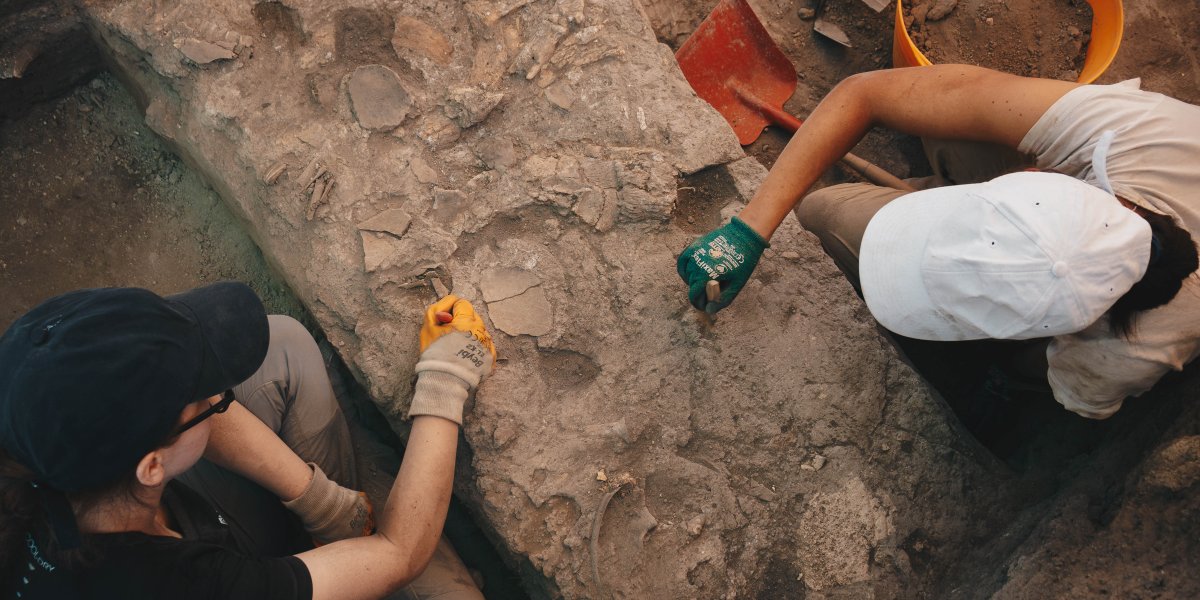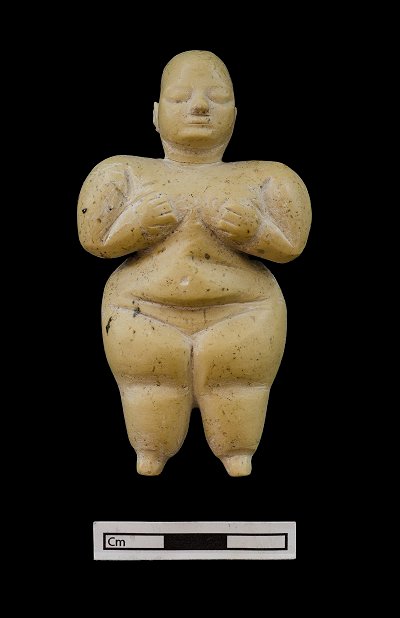| Poznañ
Archaeological Expedition at Çatalhöyük
The
creation of Poznañ archaeological mission in Anatolia in 2000 and works
commenced at Çatalhöyük was the first research initiative of Faculty of
Archaeology (formerly: Institute of Prehistory) in the Near East. For eight
years it had been the only Insitutes' mission conducting archaeological
excavation in the Mediterranean Sea zone.

Research
of Institute of Archaeology AMU at Çatalhöyük started in 2001 and last
until today, under the direction of prof. Arkadiusz Marciniak. In years
2001-2011 they were conducted in the TP (Team Poznañ) Area with cooperation
with Institute of Archaeology and Ethnology Polish Academy od Sciences,
and then Insitute of Archaeology at University of Gdansk, under the direction
of prof. Lech Czerniak. Between 2012 and 2017 the research were conducted
in the new area on the mound (TPC). In 2018 a new area, designated as East,
was opened up. Since the very beginning, the Polish research team was fully
autonomical in terms of organization and financial issues.
 |
...... |
Polish
research team was fully interdisciplinary in character, and it included,
except archaeologists, representatives of other fields such as: zooarchaeology,
paleobotanics, physical anthropology. The project at Çatalhöyük comprises
an active participation of students leading to completion of numerous Bachelor,
Master and Doctorate dissertations.
The
results of the research are significant: they proved that in the latest
phases of the mound occupation, significant, multiscalar transformation
took place. The results of the research were published and presented at
various conferences. The results of each excavation season were presented
in archive reports accessible online at the Çatalhöyük Research Projects'
website.
The
participation in the research at Çatalhöyük resulted in establishing close
cooperation with leading research centers in Turkey, including: British
Institue of Archaeology in Ankara, American Research Institute (ARIT),
Deutsches Archäologisches Institut (DAI) i RCAC (Koç University Research
Center for Anatolian Civilizations) in Istanbul; and also Albright Institute
in Jerusalem and Archaeological British Institute in Amman.
Recently,
collaboration between AMU and OREA (Institute for Oriental and European
Archeology) in Vienna was established. The project Pathways to the Late
Neolithic of Central and Western Anatolia. The case studies of Çukuriçi
Höyük and Çatalhöyük between 6500 and 6000 cal BC will be conducted in
small-scale workshops held in Vienna and Poznan to offer a discussion platform
for the experts and students of both teams. Close relations were established
with other excavation teams in Turkey: Asikli Hoyuk (under the direction
of Mihriban Ozbasaran, Istanbul University), Tepecik Ciftlik (Erhan Bicakci,
Istanbul University) or Boncuklu Hoyuk (Douglas Baird, University of Liverpool). |
//
History
of the Excavations
The
site was discovered in 1958 British archaeologist James Mellaart and excavated
between 1961 and 1965. It became famous due to its large size and spectacular
wall paintings inside the houses. Due to the richness of finds, some houses
were termed 'shrines' and the anthropomorphic figurines unearthed at the
sites were interpreted as representations of Mother Goddesses.
The
second phase of works was carried out in the years 1993-2017 as the Çatalhöyük
Research Project. The international team of archaeologists and experts
of different fields was directed by Ian Hodder of Stanford University.
(more)
|